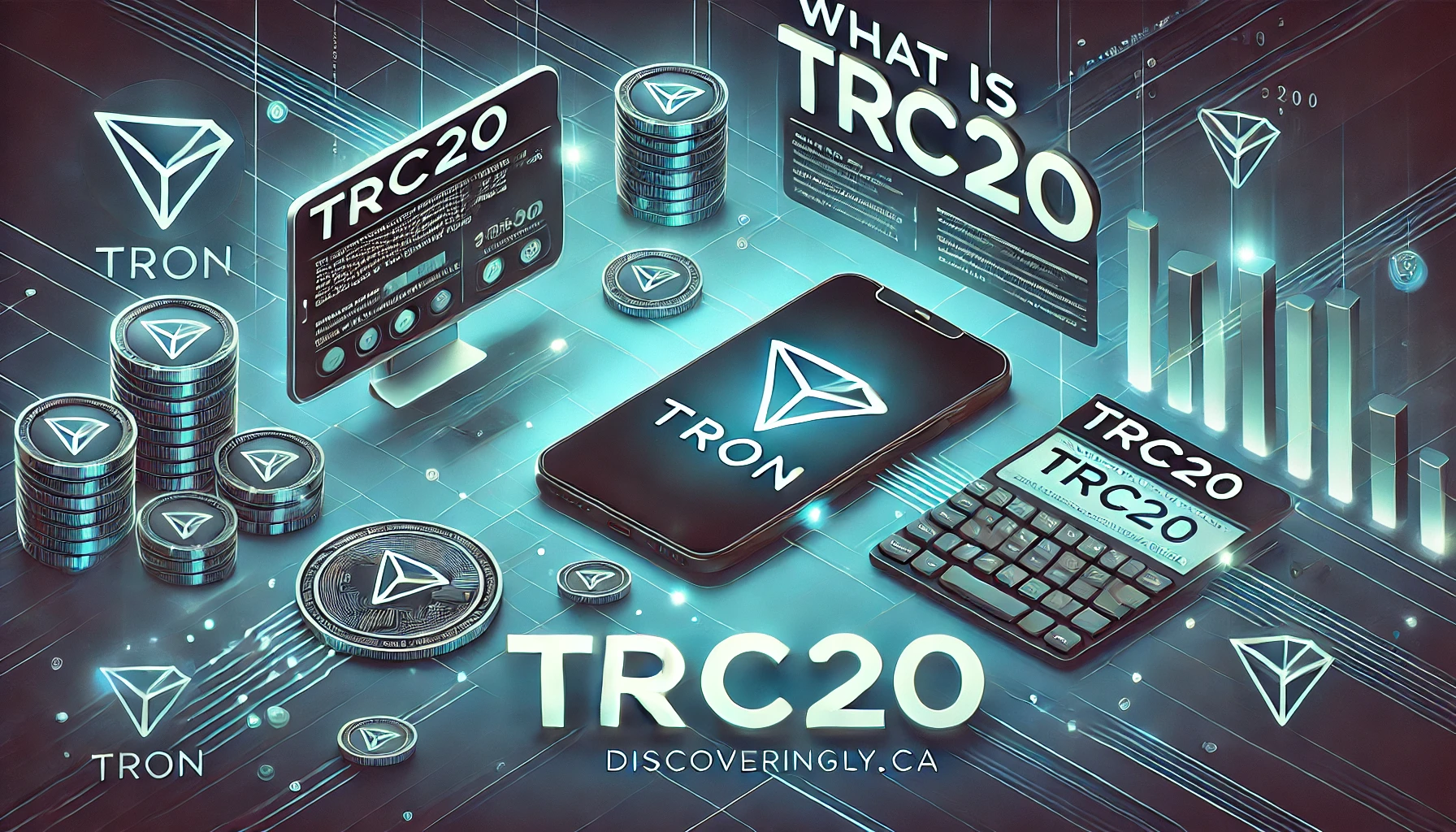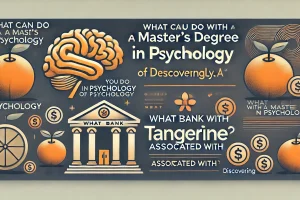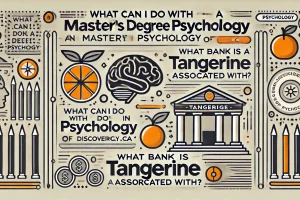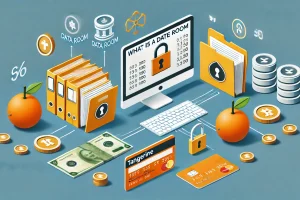What Is TRC20? Understanding the TRC20 Token Standard and Its Role in Blockchain
With the growth of blockchain technology, various token standards have emerged to support digital assets and decentralized applications. One such standard is TRC20, which operates on the TRON blockchain network. TRC20 tokens are known for their efficiency, low transaction costs, and compatibility with decentralized applications (DApps) on the TRON blockchain. This guide explains what TRC20 is, how it works, and why it’s significant in the world of cryptocurrency.
What Is TRC20?
TRC20 is a technical token standard used on the TRON blockchain for creating and deploying tokens. Similar to Ethereum’s ERC20 standard, TRC20 specifies the rules and functionalities that a token must follow to be compatible with the TRON network. TRC20 tokens can represent various digital assets, including stablecoins, gaming tokens, and utility tokens, and are often used in decentralized applications (DApps), crypto wallets, and exchanges.
TRC20 tokens offer fast, low-cost transactions, making them an appealing choice for developers and users alike. This standard is especially popular for deploying tokens like USDT (Tether) on the TRON blockchain, enabling seamless transfers of stablecoins with minimal fees.
How Does TRC20 Work?
TRC20 tokens operate on the TRON blockchain and are supported by smart contracts that define the token’s functions. Here’s a breakdown of how TRC20 tokens work:
- Smart Contracts: TRC20 tokens are governed by smart contracts—programs stored on the blockchain that execute specific actions when conditions are met. These contracts define the token’s total supply, transfer rules, and functionalities.
- Interoperability: TRC20 tokens are interoperable with other TRON-based DApps and wallets, enabling seamless interaction within the TRON ecosystem.
- Low Transaction Fees: Transactions involving TRC20 tokens benefit from TRON’s low transaction fees, making it cost-effective for transferring assets or interacting with DApps.
- High Speed: The TRON network is designed to handle high transaction volumes quickly, resulting in faster transaction processing for TRC20 tokens compared to some other networks.
Key Features of TRC20 Tokens
TRC20 tokens come with specific features that make them unique and functional within the TRON ecosystem. Here are some of the core characteristics:
- Decentralized: TRC20 tokens are managed and verified on the decentralized TRON blockchain, providing transparency and security.
- Programmable: As a programmable token standard, TRC20 allows developers to set specific rules, such as token issuance, distribution, and transfer, making it ideal for custom token projects.
- Interchangeable: TRC20 tokens can be traded on various crypto exchanges that support the TRON network, ensuring liquidity and flexibility.
- Wallet Compatibility: TRC20 tokens are compatible with TRON-based wallets like TronLink, TronWallet, and Trust Wallet, making it easy to store, send, and receive these tokens.
Difference Between TRC20 and ERC20
While TRC20 and ERC20 are both token standards used for creating tokens on blockchain networks, they differ in their underlying networks and transaction mechanisms:
- Blockchain Network: TRC20 tokens operate on the TRON blockchain, while ERC20 tokens operate on Ethereum. Each network has its unique architecture, consensus mechanism, and features.
- Transaction Fees: TRON’s transaction fees are significantly lower than Ethereum’s, making TRC20 tokens more cost-effective for transferring and interacting with DApps.
- Speed: The TRON network is known for faster transaction speeds compared to Ethereum, making TRC20 tokens ideal for real-time applications and high-frequency transactions.
- Cross-Compatibility: Although they share similarities, TRC20 and ERC20 tokens are not directly compatible due to differences in their underlying networks. However, some bridges and exchanges allow users to transfer tokens across networks.
Popular Use Cases of TRC20 Tokens
TRC20 tokens are widely used for various applications in the cryptocurrency ecosystem. Here are some of the most common use cases:
- Stablecoins (e.g., USDT): TRC20 is a popular standard for stablecoins like USDT (Tether) on the TRON blockchain. Using TRC20 for stablecoins offers users faster transactions and lower fees than other blockchain networks.
- Gaming and DApps: TRC20 tokens are often used as in-game currencies or utility tokens within TRON-based decentralized applications (DApps), especially those in gaming and digital collectibles.
- DeFi Applications: Decentralized Finance (DeFi) platforms on the TRON blockchain utilize TRC20 tokens for lending, borrowing, and yield farming.
- Tokenized Assets: TRC20 tokens can represent real-world assets or other digital assets, enabling tokenization and decentralized trading on the TRON blockchain.
How to Create a TRC20 Token
Creating a TRC20 token on the TRON blockchain involves deploying a smart contract that meets the TRC20 standard’s requirements. Here are the general steps:
- Define the Token Parameters: Set the token’s name, symbol, total supply, and other key parameters.
- Write the Smart Contract: Use the Solidity programming language to create a smart contract that adheres to the TRC20 standard. This contract will define how the token operates, including transfer functions and approval mechanisms.
- Deploy the Contract: Use a development environment compatible with TRON, such as TronLink or TRON’s Developer Hub, to deploy the contract on the TRON blockchain.
- Verify and Launch: Once deployed, verify the contract and make the token available for transactions, trading, or use within TRON-based applications.
Benefits of TRC20 Tokens
TRC20 tokens offer several advantages for developers and users on the TRON network:
- Low Transaction Costs: TRC20 tokens benefit from TRON’s minimal transaction fees, making them ideal for applications requiring frequent transfers.
- High-Speed Transactions: The TRON blockchain’s fast processing speed ensures quick transactions, improving user experience and application performance.
- Interoperable: TRC20 tokens can interact with other TRON-based assets and applications, enhancing their functionality and utility within the ecosystem.
- Developer-Friendly: With robust tools and support from TRON’s developer community, creating and deploying TRC20 tokens is relatively straightforward, attracting developers to the network.
Frequently Asked Questions (FAQs) About TRC20
Q: Are TRC20 tokens compatible with ERC20 tokens?
A: No, TRC20 tokens are native to the TRON blockchain, while ERC20 tokens are native to Ethereum. However, cross-chain bridges and exchanges may allow conversions between the two standards.
Q: Can I use TRC20 tokens for DeFi applications?
A: Yes, TRC20 tokens are widely used in TRON-based DeFi applications, including lending, borrowing, and yield farming.
Q: What wallets support TRC20 tokens?
A: Popular wallets like TronLink, Trust Wallet, and Ledger support TRC20 tokens, allowing users to store, send, and receive tokens securely.
Conclusion
TRC20 is a versatile token standard on the TRON blockchain, supporting a range of applications from stablecoins to gaming tokens and DeFi assets. Its low transaction costs, fast speeds, and compatibility within the TRON ecosystem make TRC20 a popular choice for developers and users alike. Whether you’re looking to create a new token, explore DeFi on TRON, or simply learn more about blockchain standards, understanding TRC20 is essential for navigating the digital asset space.
For more information on blockchain standards, cryptocurrency investments, and emerging technologies, visit Discoveringly.ca.






